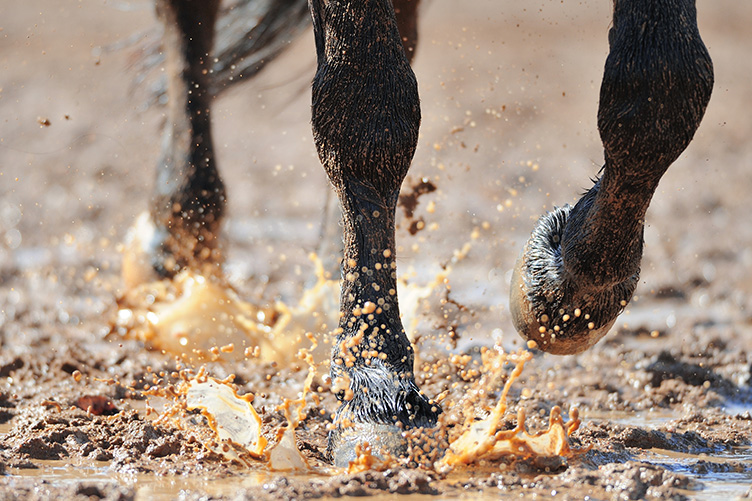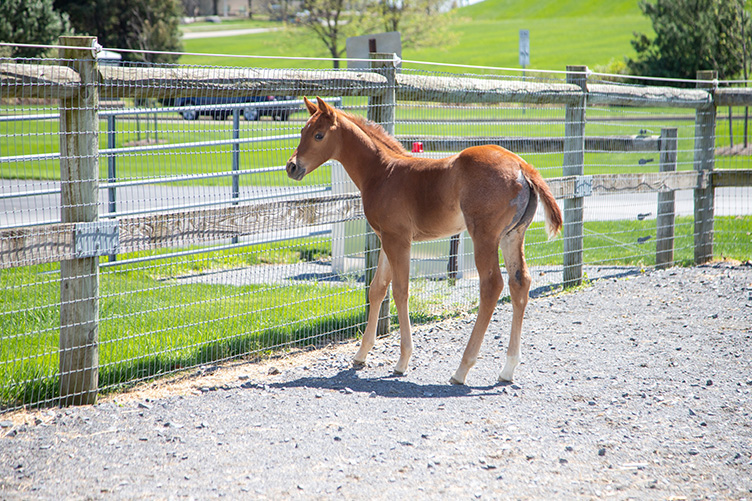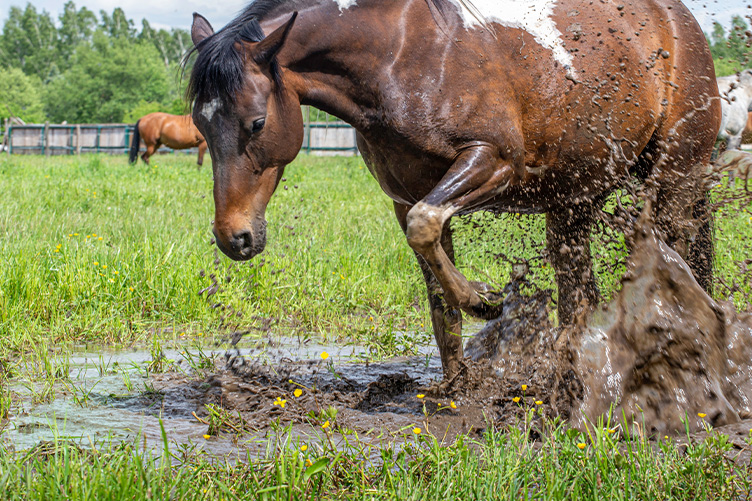
Ah, spring. The season of renewal, blooming flowers, and…mud. For equestrians, spring often means battling muddy paddocks, slippery walkways, and a constant struggle to keep our horses (and ourselves) clean. But fear not, fellow barn dwellers! With a little planning and some clever tricks, you can transform your mucky mess into a manageable springtime oasis.
Understanding the Enemy: Why Does Spring Bring the Mud?
Before we discuss solutions, let’s understand the culprit: soil composition and weather. Clay-rich soils hold water like a champ, while sandy soils drain quickly. This means clay paddocks become a soupy nightmare during spring thaws and heavy rains. Additionally, spring often brings inconsistent temperatures, with freezing nights followed by warm, sunny days. This freeze-thaw cycle weakens the soil structure, making it more susceptible to compaction and mud formation.
The Mud-Busting Plan
Here are some effective strategies you can employ for combatting the mud:
1. Drainage is Essential
- Divert water: Identify low spots and areas where water tends to pool. Create ditches or swales to channel runoff away from the barn, paddocks, and walkways.
- Install gutters and downspouts: Direct rainwater from roofs away from high-traffic areas. Consider collecting rainwater in barrels for later use.
- Grade strategically: Slope the ground around the barn and paddocks to encourage water to flow away from buildings and towards drainage areas.
2. Reinforce the Ground:

- Add gravel or crushed stone: Create firm footing around doorways, gates, water troughs, and other high-traffic areas. Gravel also improves drainage and prevents erosion.
- Utilize geotextiles: These woven fabrics allow water to pass through while preventing soil erosion and mud formation—lay geotextiles under gravel or crushed stone for added stability.
- Invest in heavy-duty mats: Consider rubber mats or interlocking pavers for areas with heavy foot traffic, like grooming stalls or walkways.
3. Manage Your Paddocks:

- Rotate pastures: Give your paddocks a break! Allow them to rest and recover while your horses graze in another area. This reduces compaction and promotes healthy grass growth, both of which help combat mud.
- Sacrifice a small area: Appoint a dedicated mud run or “sacrifice paddock” where horses can indulge their muddy desires without churning up the rest of your pastures.
- Improve soil drainage: Aerate your paddocks with a spiker or core aerator to create pathways for water to penetrate the soil. Topdress with sand or composted manure to improve drainage and soil structure.
4. Embrace the Power of Nature:
- Wood chips or bark mulch: Spread a layer of wood chips or bark mulch around trees, fences, and other areas prone to mud. This helps absorb water and suppress weed growth.
- Plant strategically: Choose drought-resistant plants and groundcovers around the barn and paddocks. These plants help stabilize soil and prevent erosion.
Don’t Forget the Fun Factor!

Muddy spring days don’t have to be a complete drag. Turn them into an adventure! Organize a mud “Olympics” with obstacle courses, mud painting competitions, or even a “best muddy mane and tail” contest. Embrace the mess, have some laughs, and remember that spring mud is just a temporary challenge, not a permanent fixture.
With a little planning, proactive effort, and a dash of creativity, you can conquer the spring mud and create a more enjoyable and functional environment for both you and your horses. Grab your muck boots, put on a smile, and get ready to tackle the mud season head-on!
Remember, even the most dedicated mud management efforts may not completely eliminate the springtime slosh. But by implementing these strategies, you can significantly reduce the mud factor and create a more pleasant and functional space for your horses and yourself.
